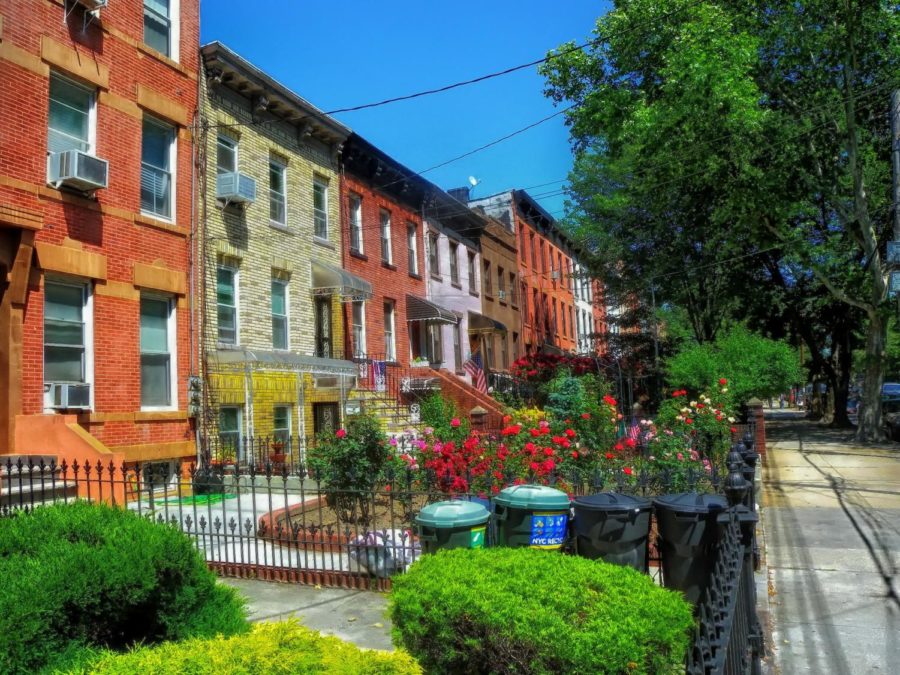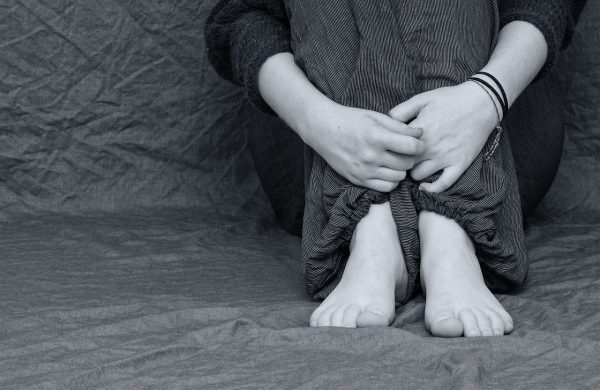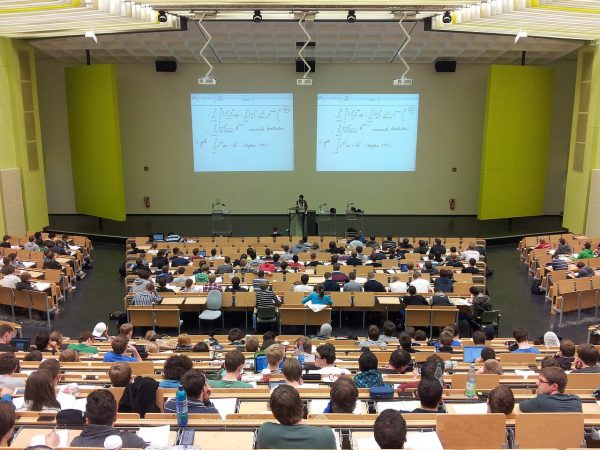Gentrification
In the midst of this bitterly cold weather, there is nothing an individual may want more than a warm dwelling to stay in. What is seen as a basic necessity is considered a luxury for most of the homeless population. The reasons causing an individual to become homeless are plentiful—from substance abuse to unemployment. Despite the severity of this socioeconomic issue, it’s also linked with another crisis that urban neighborhoods are facing.
What is Gentrification?
As rent prices increase, affordable housing becomes rare. The housing injustice that many urban centers, like New York City, are facing causes much of the population to go homeless. The main cause of the lack of affordable housing is gentrification. Gentrification has long lived in America’s history, as the term was first coined in the 1960s. Major cities all over the country are getting gentrified, such as New York, Philadelphia, and Washington D.C. Gentrification describes the process in which wealthy and well-educated individuals (typically college graduates) move into a low-income neighborhood, thereby changing the neighborhood dynamic. These neighborhoods are often populated with working-class people of color, and gentrification shapes the area economically, culturally, and socially. This process has the ability to displace low-income residents by increasing rent, causing most to become evicted and many even left homeless. Over a third of low-income New York residents are at risk or have already experienced gentrification.
Gentrification has both directly and indirectly impacted almost every New Yorker at large. In the First Generation Club, Mr. Sullivan recalled the significant change that Williamsburg, Brooklyn underwent in the past decades. What was then seen as an unsafe neighborhood reflects the polar opposite of what Williamsburg is like today. Now that the hipsters have taken over, gentrified Williamsburg is filled with flamboyant cafes and contemporary restaurants. I was able to connect to his anecdote as I grew up on the Lower East Side— a neighborhood populated with low-income, people of color. What once stood as a Pathmark next to the East River is now replaced with One Manhattan Square, a luxury skyscraper. Besides it, Trader Joe’s and Target follow, replacing the once-beloved grocery store. Though Pathmark flooded due Hurricane Sandy back in 2012, its fate—and the neighborhood’s were ultimately inevitable. Over the past years, many of the residents I know of moved away as the neighborhood has become less affordable. Though gentrification is taking place all over the city, Brooklyn is the hotspot where much of the re-zonings are occurring, from Sunset Park, Bushwick, to Crown Heights.
Negative Impacts of Gentrification
When a neighborhood is getting gentrified, individuals don’t simply emerge themselves into the existing community, rather they try to make it their own. The biggest impact gentrification can have is displacing families. Because the private sector is usually involved in gentrification, an increase in rent will force families to relocate elsewhere, often poorer neighborhoods. However, rent control and stabilization laws do exist in New York City. Oftentimes, low-income residents aren’t aware that such programs even exist. Moreover, gentrification can change the culture of a neighborhood tremendously. For instance, affordable grocery stores can change to sell all organic produce, which many of the pre-existing residents may not be able to afford. The neighborhood eventually adjusts to the new standard of normalcy once gentrified. On the bright side, socio-economic issues often bring the community together, as they resist to prevent such changes.
Advantages of Gentrification
When a neighborhood gets gentrified, it is proven that the community gets cleaner and public safety gets better. Because those of high income move into low-income neighborhoods, they are able to invest extra money into better sanitation services or new resources involving public safety. Those of low-income backgrounds may also get better access to healthcare right in their own neighborhood. Subsequently, the living conditions improve overall. Cities with the highest rates of gentrified neighborhoods see a flourish in new job opportunities and population increase. Neighborhoods see an increase in private sector commercial investments which encourages those with necessary skills to work there—creating new opportunities and promoting economic growth.
There’s an ongoing debate on whether or not gentrification is detrimental, or beneficial, to a neighborhood. There is no doubt that the long-term community residents deserve to have a say in how a particular neighborhood progresses, not solely the corporate real estate industry. Every New Yorker who calls this city their home deserves the right to permanent affordable housing.
For a brief history of gentrification: https://nextcity.org/history-of-gentrification











